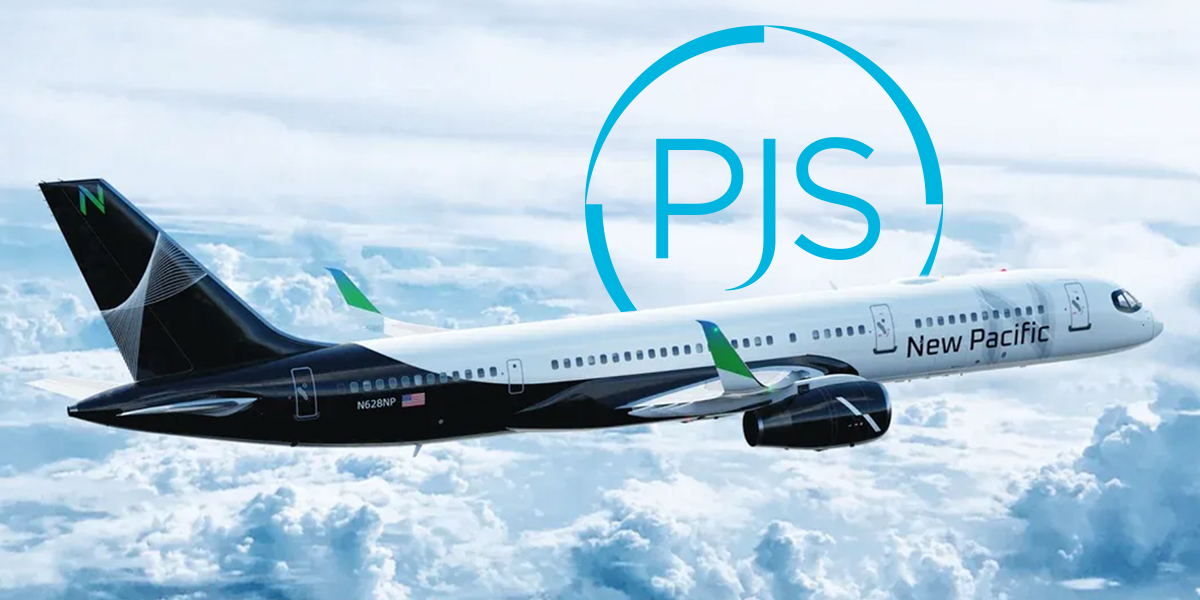What is culture? The values and behaviors that contribute to an organization’s unique social and psychological environment. The ultimate test of an organization’s success is its people’s day-to-day behaviors.
To instill this type of behavior and code of conduct within an organization, leaders must build a “Just Culture.” Within the aviation industry, this means a culture in which employers do not punish frontline operators or other persons for their actions, omissions, or decisions that are commensurate with their experience and training. Only gross negligence, willful violations and destructive acts are not tolerated. Encouraging employees to admit mistakes without fear of retribution is key to building a Just Culture and enhancing safety.
For example, a maintenance technician was performing a routine aircraft inspection that required him to remove a panel he was unfamiliar with. Upon removal of the panel, the technician saw a component that caused him to stop what he was doing. After deciding to get additional information from a more experienced technician, they returned and determined the component was a frangible disc designed to burst and deploy the emergency locator beacon away from the aircraft in the event of an accident.
The senior technician immediately reported the incident to the safety office for investigation. It was initially thought the technician had made an error. After further investigation, the root cause was determined to be organizational. The inspection cards had been updated without notice or training for the technician doing the work.
Had the technician not paused to ask for help when faced with an unknown, the aircraft beacon could have deployed and caused significant damage or injury. In addition, if the root cause had not been sought and discovered, another technician would have surely learned this lesson the hard way. A Just Culture allowed for the proper outcome and company-wide lessons learned.
While only a small proportion of unsafe human actions are deliberate and deserve punishment, a blanket amnesty on all unsafe acts lacks credibility in employees’ eyes and could be seen to oppose justice. Therefore, a “no-blame” culture per se is neither feasible nor desirable.
All aviation businesses need a Just Culture— an atmosphere of trust that encourages, even rewards people, for providing essential safety-related information but in an environment where the employer draws a clear line between acceptable and unacceptable behavior.
The following list outlines some of the key features for businesses to address when developing and maintaining a Just Culture in an aviation organization:
- Just Culture policy documented.
- Agreed upon definitions for what is “acceptable” behavior and what is “not acceptable.”
- Consequences for unacceptable behavior.
- Process to deal with actions in the “grey area.”
- Just Culture policy communicated throughout the organization.
- Reporting systems linked to Just Culture policy.
- Fair treatment being applied.
- Reports being followed-up; actions taken to address error-producing conditions.
An effective Just Culture in aviation relies on everyone accepting it from the top down. When this is achieved, the number of safety reports increases, the organization increases its ability to understand existing underlying risk factors that need to be addressed and operations are further de-risked. As a result, overall safety improves, which benefits all members of an organization and its clients.




